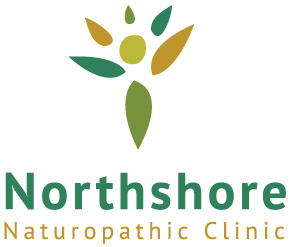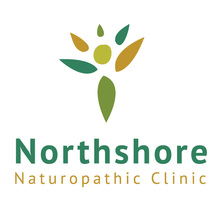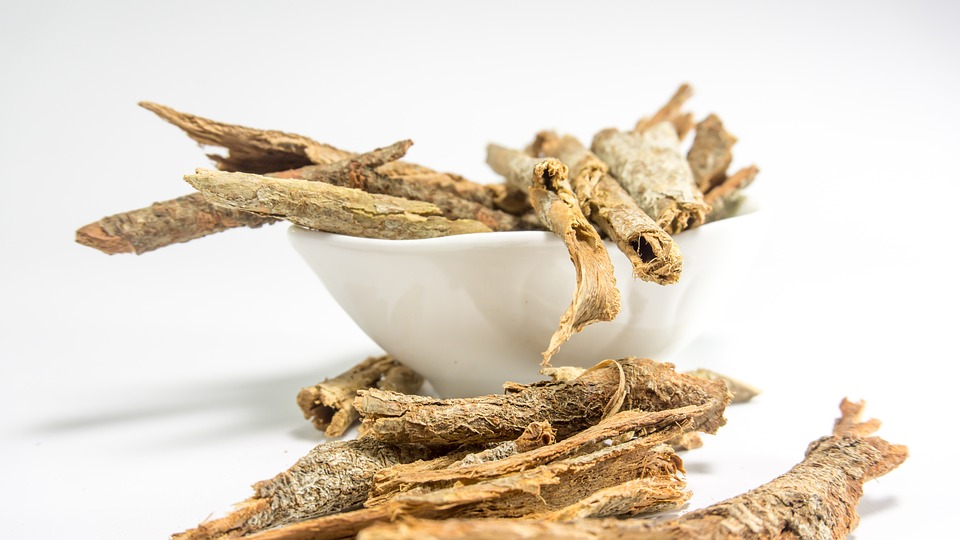 BY ANDA BOSNEA, CNP
BY ANDA BOSNEA, CNP
By March or April, everybody feels tired, stressed, and has allergies. There is a simple explanation: fall and winter’s cold and dampness asked for warming and grounding comfort food. During the cold seasons, most cultures eat traditional diets high in animal protein and fat, mostly preserved vegetables, as well as (too) many grains and cereals. Unfortunately, by spring, our organism becomes deficient in many nutrients and we become weak, immune-deficient, and slightly depressed. With the transition to the warmer weather, blooming flowers, and the spring equinox time change, our bodies need all the help they can get.
Mother Nature brings to life, as it always did, a blessing of fresh green shoots which provide a bounty of valuable vitamins and minerals that reduces allergies and boost the immunity. Traditional spring cleanses (some even correlated with religious practices like the fasting before Easter) encourage mainly vegetarian recipes that include all sorts of greens: from the common dandelion, lettuce, kale and collard greens, to the less known stinging nettle.
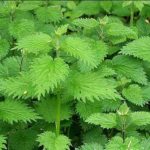 Stinging nettles have a long history of use all over the world. Eastern Europeans always foraged and cooked stinging nettles in early spring, after the snow melt away. Native Americans used them as a revitalizing tonic. Spring Stinging Nettles are rich in Iron, Calcium, and Vitamins A and K. Their rich phytonutrient content gives them anti-inflammatory properties. They also promote detoxification and optimize adrenal function. And their quercetin content naturally inhibits the body’s production of histamines and reduces allergies.
Stinging nettles have a long history of use all over the world. Eastern Europeans always foraged and cooked stinging nettles in early spring, after the snow melt away. Native Americans used them as a revitalizing tonic. Spring Stinging Nettles are rich in Iron, Calcium, and Vitamins A and K. Their rich phytonutrient content gives them anti-inflammatory properties. They also promote detoxification and optimize adrenal function. And their quercetin content naturally inhibits the body’s production of histamines and reduces allergies.
 Also typical for spring, green garlic and green onions are rich in vitamins A and C, quercetin and other flavonoids that act as natural antihistamines.
Also typical for spring, green garlic and green onions are rich in vitamins A and C, quercetin and other flavonoids that act as natural antihistamines.
They enrich the taste and the nutritional makeup of many dishes, and contribute to reducing seasonal allergic response and inflammation.
Here is a traditional spring recipe that includes both spring stinging nettles and green garlic.
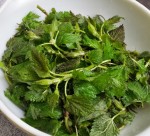 And if you don’t want to forage for them yourselves, you can find both side by side on a weekend morning trip to a local Farmers Market.
And if you don’t want to forage for them yourselves, you can find both side by side on a weekend morning trip to a local Farmers Market.
(Nettles must be picked before flowering begins.)
Wash the spring nettles thoroughly, using a pair (or two) of very good quality rubber gloves against their “stinging” quality. Don’t take off the gloves too soon; chop and discard the thicker stems and transfer the nettles to a pot. Only now it’s safe to take off the gloves. 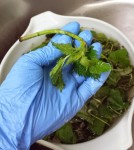 Add a cup of water and cover with a lid.
Add a cup of water and cover with a lid.
Boil on low for about half an hour stirring frequently and pushing the nettles down into the water. They will reduce in volume during cooking. Add a bit more water if it’s lost through evaporation.
In the meantime, chop the green garlic finely and cook it for a minute on low heat in a bit of butter, covered with a lid.
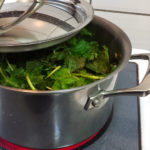 For a richer taste, you can add some green onions, especially if you plan to serve it with a starch (like corn grits or rice).
For a richer taste, you can add some green onions, especially if you plan to serve it with a starch (like corn grits or rice).
After the nettles are cooked, strain the mineral-rich cooking liquid over the garlic and add some arrowroot flour to thicken.
Let the cooked nettles cool, then chop them, add them over the rest of the ingredients, and cook for just a few minutes, allowing the aromas to meet and greet.
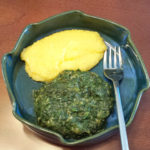 Use your choice of spices.
Use your choice of spices.
I personally prefer just a bit of salt and a squeeze of lemon.
It can be served warm as a side dish or cold as a dip.
The chopped cooked nettles can also be incorporated in a pilaf or a stew; or use your imagination and your own taste. And stay healthy with Mother Nature’s seasonal blessings!

